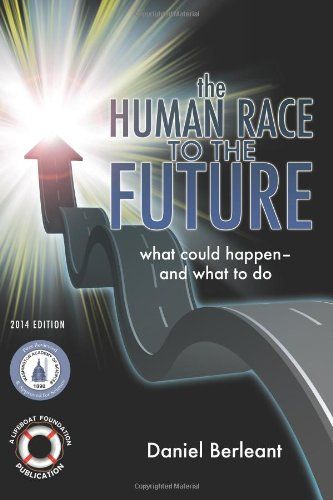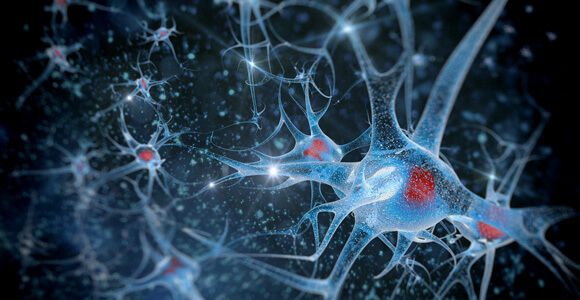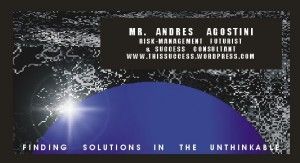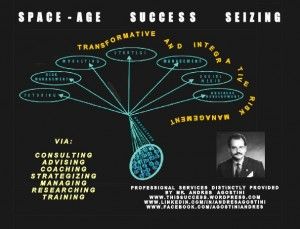Jun 12, 2014
Could a machine or an AI ever feel human-like emotions ?
Posted by Maciamo Hay in categories: bionic, cyborgs, ethics, existential risks, futurism, neuroscience, philosophy, posthumanism, robotics/AI, singularity, transhumanism
Computers will soon be able to simulate the functioning of a human brain. In a near future, artificial superintelligence could become vastly more intellectually capable and versatile than humans. But could machines ever truly experience the whole range of human feelings and emotions, or are there technical limitations ?
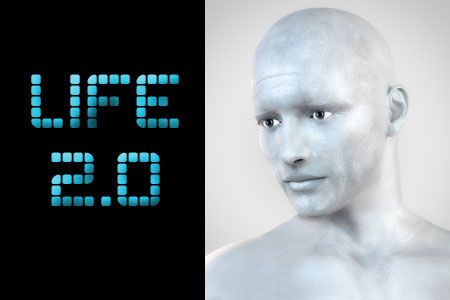
In a few decades, intelligent and sentient humanoid robots will wander the streets alongside humans, work with humans, socialize with humans, and perhaps one day will be considered individuals in their own right. Research in artificial intelligence (AI) suggests that intelligent machines will eventually be able to see, hear, smell, sense, move, think, create and speak at least as well as humans. They will feel emotions of their own and probably one day also become self-aware.
There may not be any reason per se to want sentient robots to experience exactly all the emotions and feelings of a human being, but it may be interesting to explore the fundamental differences in the way humans and robots can sense, perceive and behave. Tiny genetic variations between people can result in major discrepancies in the way each of us thinks, feels and experience the world. If we appear so diverse despite the fact that all humans are in average 99.5% identical genetically, even across racial groups, how could we possibly expect sentient robots to feel the exact same way as biological humans ? There could be striking similarities between us and robots, but also drastic divergences on some levels. This is what we will investigate below.
Continue reading “Could a machine or an AI ever feel human-like emotions ?” »
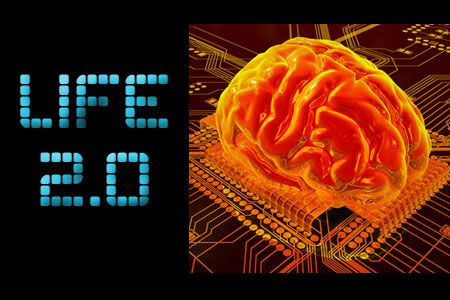
 How has your work, your life, your humanity, been improved by the promise of Big Data?
How has your work, your life, your humanity, been improved by the promise of Big Data?
